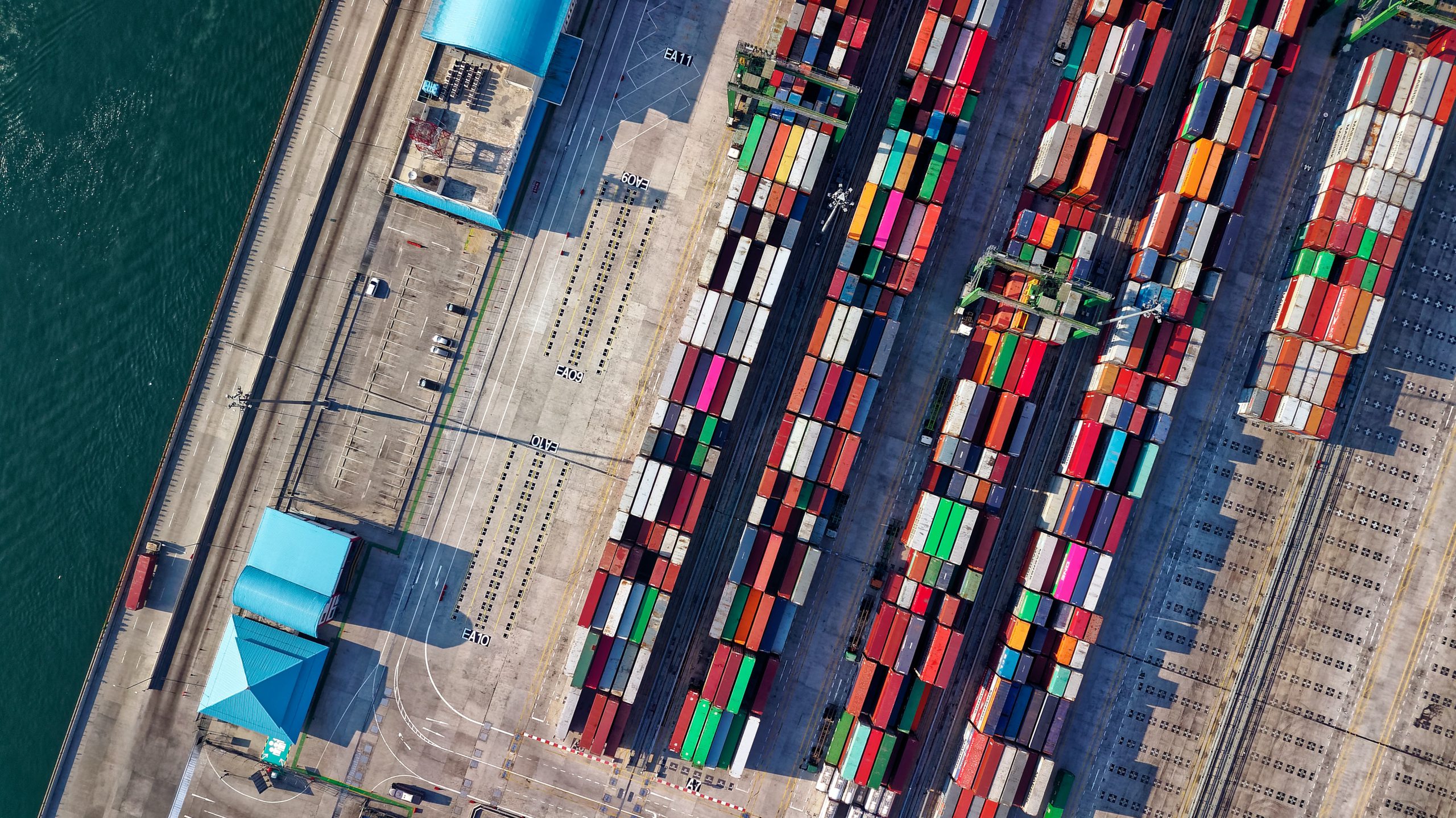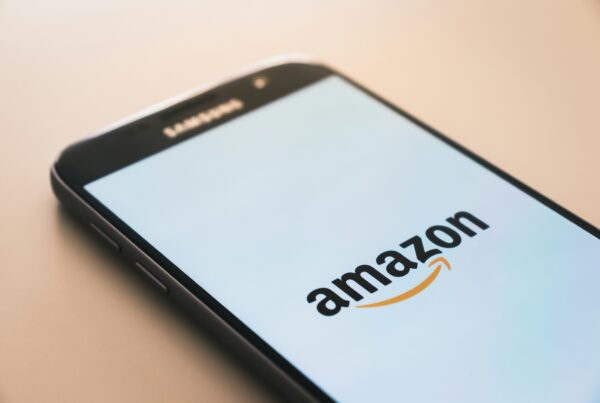Since logistics, especially in the age of digitalization and Industry 4.0, is no longer limited to warehousing and a vehicle fleet, the trend in the logistics industry is moving more and more towards outsourcing all processes. Very few companies consider logistics to be one of their core competencies, so the tasks are put into the hands of specialists. Here you can read about when and why outsourcing of logistics processes can pay off for your company. Due to new technological developments such as Big Data, or the application of artificial intelligence (AI), the demands on supply chain management have steadily increased. A sophisticated supply chain is and remains the key to long-term customer loyalty and customer satisfaction..
Warehousing1 explains the change from classic logistics to 4PL or 5PL in this blog post. We will list the most important differences between the two types 3PL and 4PL in order to simplify any possible decision about outsourcing your logistics. Of course, we would also be happy to accompany you as a competent partner in implementing these models.
Overview: From 1PL to 5PL
What does the abbreviation "PL" actually stand for? It stands for "Party Logistics Provider" and describes a supply chain model that provides a framework for logistics providers.
Logistics services are usually as individual as your company itself. The terms 3PL and 4PL already suggest that there is more than one type of logistics outsourcing. Should only operative areas such as incoming and outgoing goods be outsourced, or should the entire strategic planning of supply chain processes be placed in the hands of experts?
- 1PL – First Party Logistics
This classic supply chain model means that the manufacturer itself takes over all transport and logistics services for its goods. This means that all susceptible tasks are handled by a single source. As a result, manufacturers usually have expensive equipment and their own vehicle fleet and warehouses to handle all processes independently.
- 2PL – Second Party Logistics
In 2PL logistics, the transports are transferred to a contractually bound logistics partner (keyword: contract logistics). The contracted logistics service provider usually runs its own facilities, but the control and management of the logistics processes remains with the manufacturing company.
- 3PL – Third Party Logistics
The 3PL model is mainly used in commercial trade and includes warehousing and transport as well as all fulfillment services. Tasks such as labeling, packaging or customs clearance are also handled by the logistics partner company.
- 4PL – Fourth Party Logistics
A 4PL service provider basically networks producers, suppliers, dealers and other players in logistics. The shipper itself is no longer involved in the supply chain operation. A key feature of 4PL providers is that they do not own a warehouse or vehicle fleet, as they merely act as an interface. The logistics service provider then manages all processes and controls them by means of data integration.
- 5PL – Fifth Party Logistics
The 5PL model is much more complex, as the volumes of 3PLs and 4PLs can be consolidated here. It is mainly used when supply chains are transformed into supply networks. In the 5PL model, the best possible cooperation is negotiated with service providers, which is then passed on to the end customer together with the needed tech know-how. A 5PL provider also sets the framework for the organization of the supply chain.
Switching from 3PL to 4PL: Advantages & Disadvantages
3PL is currently considered the most common model in supply chain management. The 3PL providers usually take care of warehousing and fulfillment, optimize existing networks or provide their own IT infrastructure.
4PL service providers are one level above 3PL providers. This means that sub-processes are merged and interfaces are minimized. The biggest difference between the two options is that with 4PL, the client no longer has the power to interact. This requires a high degree of trust and having the same values. This means there is a great risk of dependency on the 4PL partner. 4PL providers should act neutrally and always in the interests of their client’s company. Since the processes are bundled and handled by the service provider, cost transparency is increased at the same time. With the Fourth Party Logistics model, however, long-term contracts are usually concluded, which can make it difficult for the outsourcing company to regain control quickly.
Warehousing1 can be seen as a flexible further development of the 3PL and 4PL models. Different logistics service providers can be controlled and data flows can be monitored uniformly via one central channel - without having to enter into long-term contractual commitments or fixed-cost models, or giving up control of your own logistics completely.
Conclusion
Regardless of which model your company chooses, it makes sense to weigh up the pros and cons before outsourcing logistics processes. If you want to take the control, coordination and monitoring of your logistics into your own hands as much as possible, a 3PL model may be the most suitable option. Conversely, if you want to have your logistics completely managed by an expert, a 4PL model makes more sense. The Warehousing on-demand model of Warehousing1 allows you to keep the control and flexibility of your own logistics network on the one hand and to centralize logistics procurement, monitoring and control on the other hand.
You do not know where to start? In a non-binding consultation with one of our account managers, you can explain your goals and ideas for your ideal logistics setup. Together we can then determine what makes the most sense for your individual company. We at Warehousing1 are looking forward to your request via our contact form!



